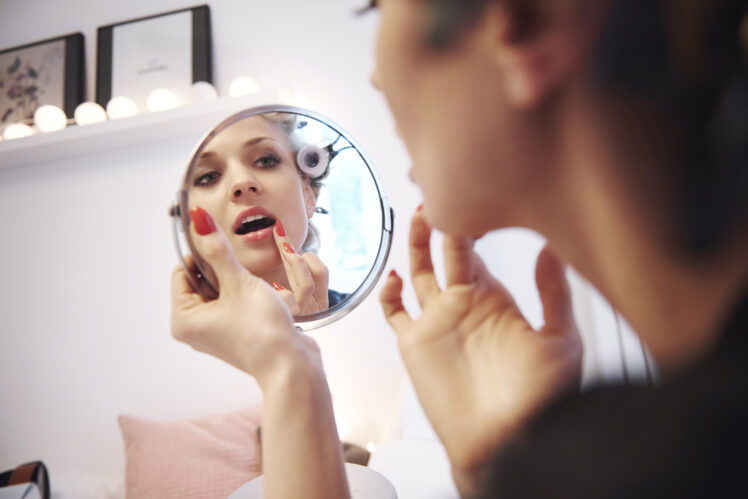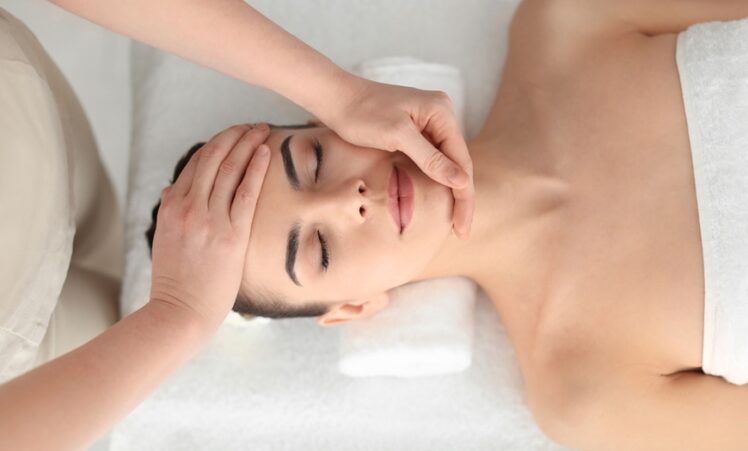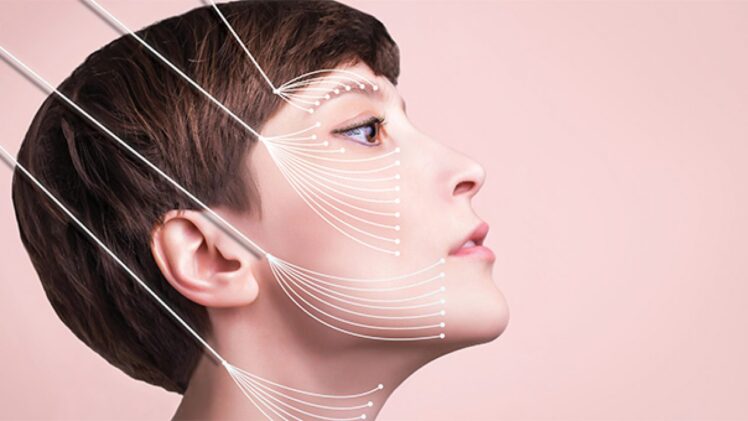Home › Health › Skincare
What Should You Not Do After a Thread Lift?
Published on:
PDO thread lift is a procedure used to lift sagging skin. It tightens the skin, making it appear younger, and helps to close pores. In general, dissolvable suture is used in this approach. The suture material used is biodegradable. There are several PDO threads on the market that can be used to treat drooping skin.
PDO threads are extremely thin, often thinner than human hair. PDO's main component is protein. The therapy typically lasts 45 minutes to an hour. This method stimulates collagen production in the skin. Disintegration of the strands also takes time. This article discusses what you should do and what you should avoid following surgery.
What Should You Avoid Following Your Surgery?
There are several things you should avoid doing if you want the best results from this procedure. The following are some things you should avoid:
-
Sleeping on your stomach

Excessive pressure on the treated area is most likely the worst thing a person can do after this procedure. For the first week after treatment, falling asleep on your stomach or any of your sides may cause swelling, pain, bruising, and other side effects.
If you usually sleep on your side or stomach, or if you toss and turn a lot during the night, consider sleeping on your backside for a few weeks before your treatment. If you continue to turn over, try sleeping in a chair or finding a comfortable position on your backside to lessen your odds of sleeping on your side after therapy. Alternatively, create a towel wall around yourself on your bed.
-
Making Use of Cosmetics

There are several reasons why you should avoid wearing makeup on the first day following your therapy. During the first few hours after treatment, your skin is more sensitive. Also, stay away from items that are known to cause minor skin irritation.
You should avoid wearing cosmetics for the first ten hours after treatment to reduce the risk of placing too much pressure to your face.
-
Getting Massages and Facials

Face massages should be avoided for the first 10 days after therapy. Additionally, facial massages should be avoided to avoid applying excessive pressure to the treated area.
For the same reasons that applying cosmetics should be avoided, facials should be avoided. During a facial, excessive pressure is used to the treatment area. Some facials entail the use of strong chemicals, which may irritate your skin if you have sensitive skin.
You should also avoid using face wash or any other face masks for the first three days. Despite the fact that the pressure applied is modest, it may irritate your skin. Additionally, extended heat exposure raises blood pressure.
Make sure to bathe with regular water. Water that is too hot or too cold can be hazardous to the treated area. Staying hydrated will assist you in remaining calm and lowering your blood pressure. Wear light-colored clothing that will not scrape the treated area. Tight clothing will also cling to your skin and prevent it from breathing.
-
Alcohol Consumption

Avoid drinking alcohol for the first few days. This is due to the fact that alcohol is diuretic, meaning it will wash away an excessive amount of water and other essential nutrients required for skin health. Additionally, drinking alcohol raises blood pressure significantly.
-
Cigarette Smoking

Unfortunately, smoking is another common behavior that affects blood pressure. Cigarette smoke contains a variety of substances, including nicotine, which constrict your blood vessels. The flow of nutrients in your blood will be restricted.
Nicotine products must be avoided at all costs. If you're not confident you'll be able to spend 14 days without nicotine, ask your primary care physician for a referral to a specialist who can assist you with quitting before beginning therapy.
-
Steadily Exercising

One of the most prevalent activities that raises blood pressure is heavy and severe exercise. Walking, jogging, and other simple types of exercise are fine. However, if your workout is too rigorous and causes you to sweat profusely, it is too strenuous and places undue strain on your heart.
What Should You Do After This Surgery?
Following this technique, you must refrain from engaging in a few activities. The things you do every day are just as crucial as the things you should avoid following the surgery. Request a proper consultation a couple of weeks later. Allow your body to recuperate by getting enough rest. Also, eat a well-balanced diet and refrain from engaging in intense exercise.

How Long After PDO Threads Can You Exercise?
The patient must refrain from certain activities to ensure the success of the Polydioxanone therapy. After a certain amount of time, the threads dissolve in the skin. As previously said, you should leave the area where' you had therapy alone for at least twelve hours after the surgery.
Two to three weeks would be required to recover from surgery. The PDO strands break down with time. Within three to nine months, they normally disintegrate. The skin surrounding the eyes, cheeks, neck, and jaws can also benefit from PDO threads. After treatment, some activities, such as weightlifting and cardio, should be avoided for a period of time. If you wish to continue doing rigorous exercises like boxing, talk to your doctor beforehand.
Summary
This process increases the creation of collagen in your skin, which improves its appearance. However, there are many things you should avoid and others you should do to achieve the best results during your recovery. You should avoid putting undue pressure on the treated area and boosting your blood pressure, for example.
Share With Your Friends
